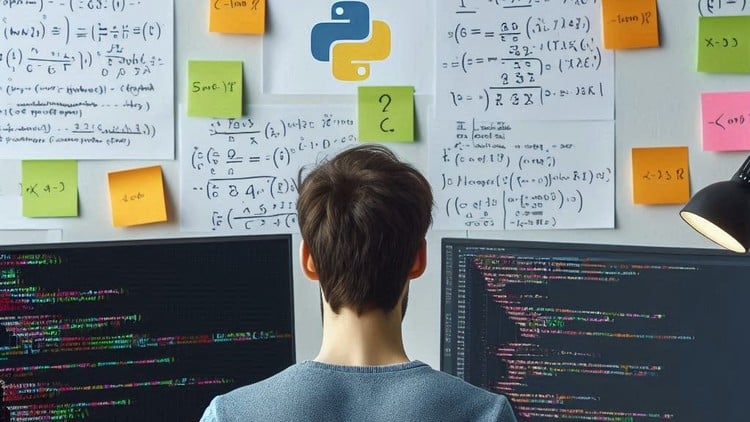What
You’ll Learn
You’ll Learn
- Master programming fundamentals: Learn core programming concepts such as variables
- data types
- control flow
- functions
- and modules in both Python and R.
- Wrangle and analyze data: Effectively manage and manipulate your scientific data using file handling techniques in Python and data manipulation methods in R.
- Perform statistical analysis: Utilize libraries like NumPy and SciPy in Python
- along with core R functionalities
- to conduct essential statistical analyses
- Create informative visualizations: Craft compelling graphs and plots to communicate your research findings clearly using libraries like Matplotlib in Python
- Explore Artificial Intelligence applications: Gain an introduction to AI
- including deep learning techniques and their application to scientific research
- Apply your skills to real-world problems: Put your newfound knowledge into practice by working through case studies that address various research scenarios
Requirements
- “Whether youre new to coding or have some experience
- this course will equip you with the foundational skills needed to tackle scientific data analysis and research projects.”
Description
Conquer Scientific Data with Python and R!
Unleash the power of programming for your research!
This comprehensive, hands-on course equips you with the essential programming skills needed to tackle scientific data analysis and research projects. Whether you’re a researcher, student, or simply curious about scientific computing, this course offers a perfect blend of Python and R to empower your scientific journey.
Master the Fundamentals:
-
Gain a solid understanding of both Python and R programming languages.
-
Master core programming concepts like variables, data types, control flow, and functions in both Python and R.
-
Explore the strengths and weaknesses of each language to choose the right tool for your research needs.
Wrangle and Analyze with Confidence:
-
Grasp essential file handling techniques in Python to manage your scientific data effectively.
-
Master data manipulation methods in R to organize and prepare your data for analysis.
-
Leverage powerful libraries like NumPy and SciPy in Python, and core R functionalities to perform statistical calculations crucial for your research.
Visualize Your Findings Clearly:
-
Craft informative and visually appealing graphs using Matplotlib in Python and ggplot2 in R.
-
Communicate your research results through compelling data visualizations, including advanced and animated graphs in R.
Dive into Artificial Intelligence:
-
Get an introduction to AI and apply deep learning techniques to scientific data using Python and R.
-
Explore practical applications like processing geospatial data and analyzing scientific datasets with AI.
Real-World Applications:
-
Apply your programming skills to practical case studies in scientific research.
-
Tackle real-world scenarios, including climate data analysis and remote sensing indices.
By the end of this course, you’ll be able to:
-
Confidently navigate the world of scientific computing with Python and R.
-
Clean, manipulate, and analyze your scientific data with ease.
-
Conduct essential statistical analyses to support your research.
-
Apply AI techniques to enhance your data analysis capabilities.
-
Create impactful data visualizations to communicate your findings effectively.
Join us today and start conquering your scientific data with the power of Python and R!
Who this course is for:
- This course is designed for researchers
- students
- and anyone interested in using programming languages for scientific computing.







